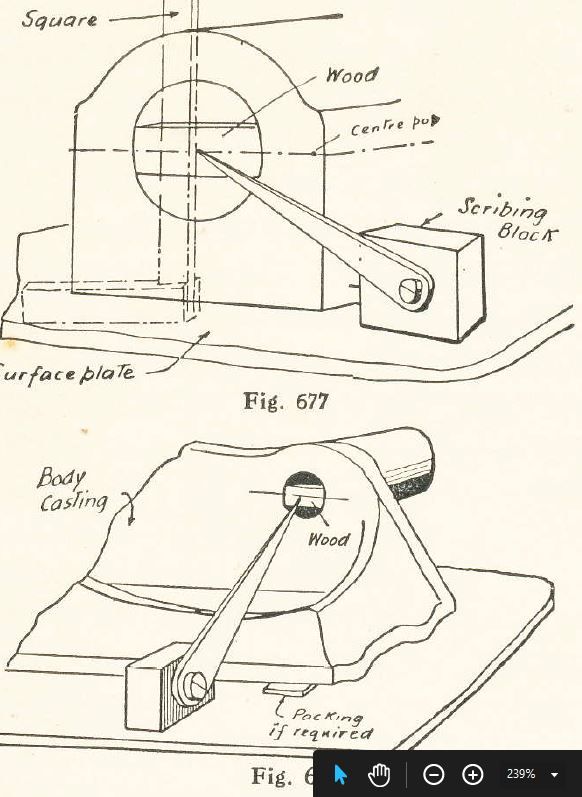Posted by Ed Duffner on 23/09/2020 01:41:30:
…
A question comes up on the forum quite often "I have a new lathe and milling machine, what other tools do I need?". I think I would suggest good quality measurement tools.
I must admit I get a bit annoyed when I see videos on youtube where vises (vices?) or work-pieces are set up which are two or three thou out of alignment and the person might say "that's good enough for what I do!" …
Ed.
Certainly agree with Ed's second point – best results are got by taking pains. Not that I practice what I preach, blush!
I'm not convinced about the need for good quality measurement tools, though they make life easier. It's because what I do is 'fitting'. Rather than measure accurately, I use micrometer, digital caliper and the parts themselves as comparators, achieving tight and loose fits to order, but not accurately dimensioned.
Recently I've played more with traditional style screw calipers bought from B&Q, and find they work well without measuring at all. Often setting a caliper on one object and transferring dimensions straight on to the part being made without caring what they are in mm, is the fastest way of working. More usually, plain calipers are slower or cumbersome, but they do allow 'fitting'.
I'm currently using a mix of old and modern techniques. DRO on the mill, supported by comparators, and sanity checked with digital caliper & micrometer. Other way round on my lathe, accuracy achieved by comparison, sanity checked with measuring tools, and the dials only used to get close. Though the lathe's graduated dials are very convenient in this way of working I could manage without them entirely. High accuracy methods aren't used at all, but it's not difficult to get to within 0.02mm, and to match parts better than that.
Fitting collapses in a mumbling heap when fast repeatability is demanded. Good for prototypes and maybe small runs, but otherwise hopeless. If I were one of several workers each asked to make one part of an engine, I couldn't guarantee that my part would fit with theirs. Nor in the absence of checking by fitting as I went along could I expect all the parts made by me to assemble without fuss at the end into a working engine. To do that, accurate measurement is required. Classically high accuracy measuring was tool-room work, in which elite machinists made the jigs, fixtures and gauges used on the production line. Jigs, fixtures and gauges are comparators, so the production worker inherits tool-room accuracy without having to measure anything.
So the best possible measuring isn't a priority in my workshop because I'm a fitter. I don't need a posh micrometer with a certificate or a set of gauge blocks to confirm the micrometer is OK. Not yet anyway.
A disadvantage of inexpensive measuring tools is they don't operate smoothly, are somewhat inconsistent and can't be trusted implicitly. They waste time due to the need to check they're zeroed and have registered correctly. Harder to use a sticky instrument than one in tip-top condition. I usually apply my cheapo micrometer 3 or 4 times to confirm all is well.
As a little time-wasting doesn't matter to me, there's no need for me to spend money on expensive measuring. That's just me though! Others are thoroughly irritated by cheapo shortcomings, which become a source of frustration. To my mind avoiding frustration is a much better reason for buying good measuring tools than expecting to achieve toleranced precision in a shed! But they're not essential.
Dave
Edited By SillyOldDuffer on 23/09/2020 10:35:04
samuel heywood.





